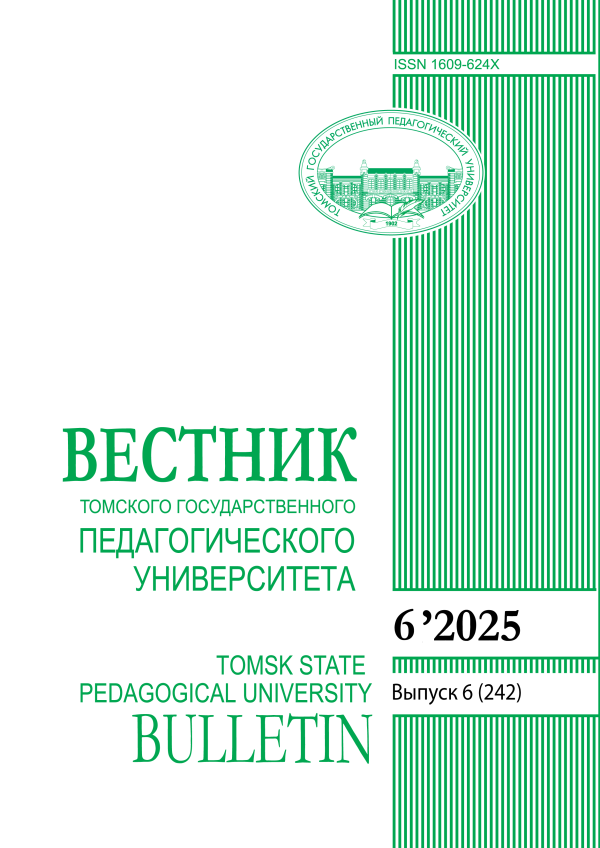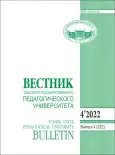Введение. Творческое наследие Н. В. Гоголя, являющегося одним из самых небезынтересных русских писателей, по сей день побуждает многих литературоведов к продуктивным исследованиям. В частности, интерес у них вызывает интертекст В. А. Жуковского в произведениях писателя. При рассмотрении работ, посвященных личности и творчеству Гоголя, действительно трудно не обнаружить упоминания об этом русском поэте, поскольку он был важен для творческого сознания Гоголя.В связи с этим целью статьи является определение степени знакомства Гоголя с творчеством Жуковского во время написания «Петербургских повестей». Важным представляется также выявление и анализ мотивов, сюжетов, аллюзий и реминисценций произведений Жуковского в повестях Гоголя. Это поможет увидеть особенности освоения Гоголем произведений поэта, выявить трансформации, которые претерпели в художественной системе Гоголя используемые им открытия Жуковского.Материал и методы. Поскольку больше всего отсылок к творчеству Жуковского присутствует в повестях Гоголя «Невский проспект», «Портрет» и «Шинель», на основе них и будет организовано исследование. В работе используются биографический и компаративный методы исследования.Результаты и обсуждение. В повести «Невский проспект» повествователь описывает утонченную, творческую натуру. Подобный типаж часто возникает и в лирике Жуковского. Кроме того, обнаруживаются черты идиллий Жуковского в описании образа встретившейся Пискареву незнакомки: в нем воспевается простота и очевидно стремление героя к гармонии и непорочности. Можно обратить внимание и на то, что художник обожествляет встреченную им юную особу. Вероятно, в ее образе автор пытался отразить высшее проявление женской красоты на земле, каковым для Гоголя-христианина, безусловно, являлась Мадонна. В данном случае чувства юноши сходны с теми, которые описывает Жуковский в эстетическом манифесте «Рафаэлева Мадонна». Однако красавица приводит Пискарева в публичный дом. Его идеалистическое сознание не может допустить того, что красота и пошлость могут быть синонимами. Это соотносится с принципами калокагатии, которые были распространены в русской литературе эпохи романтизма и нашли отражение в творчестве Жуковского.Не сумев разрешить конфликт между реальностью и мечтой, Пискарев прибегает к опиумному сну, который, подменяя для него жизнь, становится одним из факторов, приведших к трагической развязке, ибо, видя во сне свой персональный рай, художник все больше отдаляется от действительности и в конечном счете теряет способность к реальной жизни. В этом можно увидеть трансформацию идиллических мотивов произведений Жуковского (в частности, мотива сна). Сталкиваясь с реальностью, Пискарев теряет рассудок. Подобный финал соотносим с сюжетами баллад, переведенных Жуковским, в которых зло искушает и заманивает несчастную жертву в ловушку, а затем забирает у нее жизнь («Кубок, «Лесной царь»). Таким образом, красота у Гоголя отныне не есть признак доброго. Он приближается к пониманию красоты истинной и красоты ложной Жуковского-балладника, показывает хрупкость гармонии в мире.Повесть «Портрет» рассматривается некоторыми исследователями как эстетический манифест Гоголя. В этом также можно предположить следование традициям Жуковского. Кроме того, двухчастная структура повести может отсылать к архитектонике повести Жуковского «Двенадцать спящих дев». Две ее баллады «Громобой» и «Вадим» также противоположны по своей этике и имеют идейную схожесть с повестью Гоголя. В произведении можно обнаружить и сюжетные «переклички» с такими произведениями поэта, как баллады «Людмила» (роптание Людмилы на судьбу сходно с поведением Чарткова) и «Варвик» (грех персонажа также провоцирует появление потусторонних сил, которое является своего рода предупреждением и испытанием). Можно упомянуть и то, что герои-бунтари Жуковского, недовольные своим уделом, как правило, терпят болезненное поражение, и их душа отправляется в ад. Нечто похожее происходит и с Чартковым. Что же касается второй части повести, то она тоже имеет общие черты с манифестом Жуковского «Рафаэлева Мадонна», ведь и иконописец Гоголя создает картину, буквально «дышащую» божественной благодатью. В повести «Шинель» же прозреваются гуманистические и христианские мотивы. Главный герой не ждет лучшей доли, а смиренно исполняет должностные обязанности. Детская восторженность и искренность вкупе с поистине ревностной службой превращают его в настоящего подвижника и аскета. Чистота и любовь Башмачкина к людям, как и его самопожертвование, позволяют говорить, что его поведение сродни рыцарству, которое было свойственно главному герою «Дон Кишота Ламанхского», переводчиком какового произведения выступил именно Жуковский.Однако встретившись с шинелью, ошибочно принятой героем за метафорическое воплощение «прекрасной дамы», Башмачкин начинает исполнять службу уже не столь ревностно. С этим можно связать трагическую концовку произведения. Подобные же этические законы действуют и в художественном мире Жуковского. Тем не менее после смерти чиновник возвращается к истинному служению: посещение Башмачкиным в виде призрака (каковой образ характерен для произведений Жуковского) значительного лица и других чиновников высокого ранга с целью отобрать их шинели восстанавливает равновесие в мире. Таким образом, вновь актуализируется универсальная справедливость, свойственная художественному миру Жуковского.Заключение. «Петербургский период» творчества Гоголя тесно связан с творческой деятельностью Жуковского. Гоголь знакомится с лирикой и публицистикой поэта, активно рефлексирует над прочитанным. Важно подчеркнуть, что Гоголь непосредственно воспринимает эстетику и поэтику Жуковского, после чего репродуцирует отдельные аспекты творчества поэта в своих произведениях, подвергая их собственной творческой переработке, что в целом способствует становлению неповторимого гения писателя.
 7-14
7-14


 15-25
15-25


 26-33
26-33


 34-40
34-40


 41-50
41-50


 51-61
51-61


 62-72
62-72


 73-84
73-84


 85-95
85-95


 96-106
96-106


 107-120
107-120


 121-136
121-136


 137-146
137-146


 147-154
147-154


 155-167
155-167


 168-175
168-175









